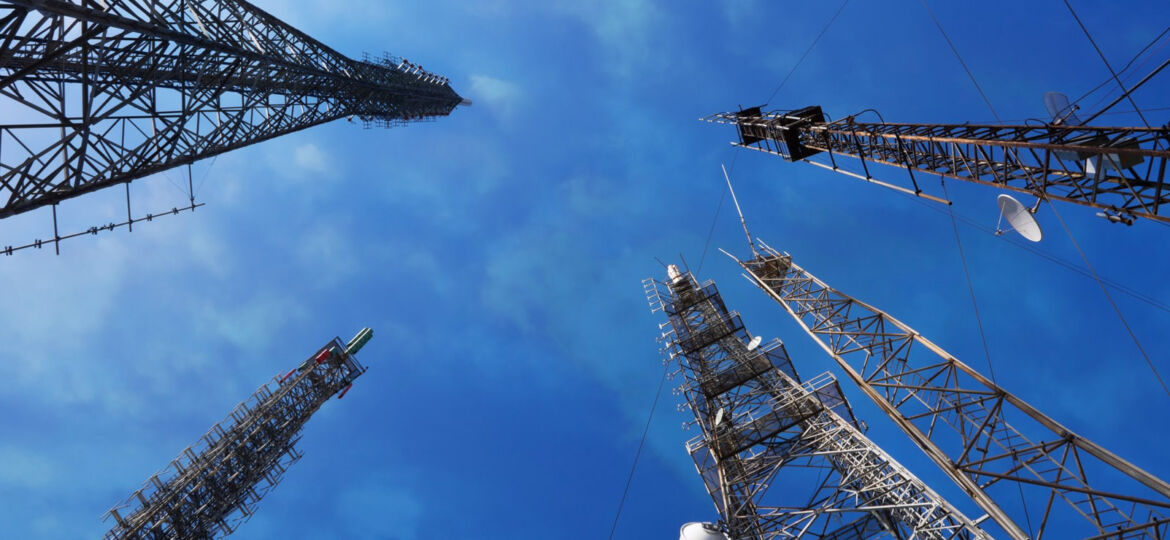
WHY THIS MATTERS IN BRIEF
New 5G mobile networks will unleash a torrent of new innovation, and the US DOD fears that the country will be left behind if it doesn’t release new spectrum.
The US led the charge on 4G LTE, which gave US companies significant power in the global economy. LTE is now mature, and telecom companies are moving aggressively to roll out 5G networks – Verizon just launched theirs yesterday, in fact. But now a new report from the US Department of Defense (DoD) warns that “without major changes in policy,” the move to 5G will benefit China much more than the US.
According to the report, titled “The 5G Ecosystem: Risks & Opportunities for DoD,” several vexing issues in 5G boil down to physics. The US, like most countries, has regulators to manage the wireless ecosystem and ensure there are no conflicting signals that cause interference with one another. That’s why companies like AT&T and Verizon have to buy expensive spectrum licenses, and in the US, some of the more desirable 5G frequencies are used exclusively for DoD projects. In China meanwhile, those frequencies, which are known as “Sub-6,” that operate at 6GHz and lower, are open for 5G deployment, and this has already led to the world’s first demonstrations of remote robotic surgeries that include removing organs from test animals and performing brain surgery on patients who are tens, and even sometimes hundreds, of miles away from the surgeons actually performing the surgeries.
Meanwhile the US mobile carriers are focused mainly on millimeter wave, sometimes called mmWave), at frequencies at up to 39GHz. That’s more than 10 times higher than the highest LTE frequencies. The upshot is you can fit a lot of data in that signal, but it won’t pass through obstacles, such as walls, very well, which is why in China mobile networks are using the Sub-6 frequencies as the backbone of 5G. True, these bands don’t have as much theoretical throughput, but other elements of the 5G standard like 3D beamforming still make them a lot better than LTE.
The DoD sees a possible future in which other countries push ahead with Sub-6, making that the de facto standard. Chinese firms like Huawei and ZTE will manufacture the network equipment and phones, and the US will continue focusing on mmWave in its own little bubble.
The DoD isn’t willing to give up all its 3GHz and 4GHz spectrum for commercial development though which is a sticking point, but nevertheless it says “changes are necessary” so the study proposes the DoD release the 3.2 – 3.6 GHz range and the 4.8 – 5.0 GHz range. These are both actively in development for 5G in China.
Unlocking these frequencies in the US would give US companies a competitive leg up, but carriers are already deep into the development of mmWave 5G and it will take time to get more Sub-6 frequencies online. In the meantime however T-Mobile is the only US carrier talking openly about using lower frequencies for 5G in the US, so perhaps all is not lost.
















